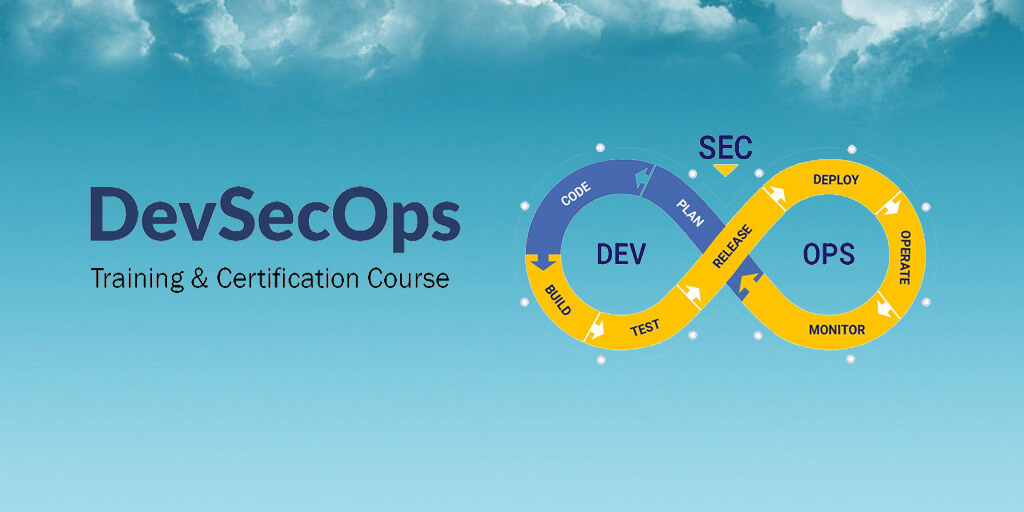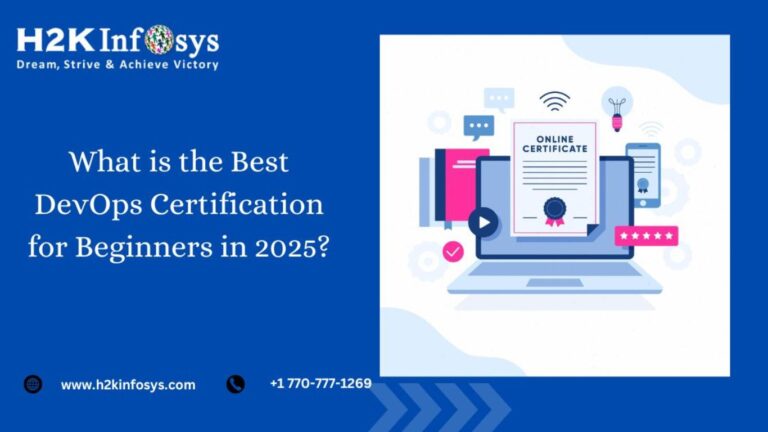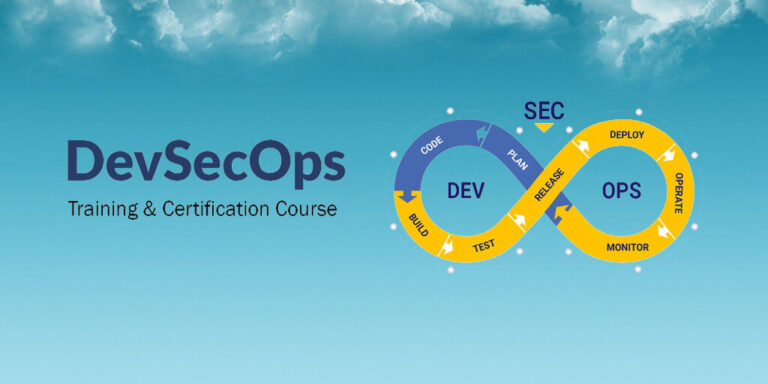Introduction
In the competitive world of database administration, securing a position as an SQL DBA requires more than just technical knowledge. Interviewers often assess a candidate’s problem-solving abilities, experience, and understanding of SQL Server systems. This guide will help you prepare by covering the top SQL DBA interview questions and answers. Whether you’re a seasoned professional or just starting, these questions will give you the edge you need to succeed.
General SQL Server Questions
What is SQL Server?
Microsoft developed SQL Server as a relational database management system (RDBMS) that efficiently manages and stores data for various applications. It is designed to handle a wide range of data management tasks, from small applications to large-scale enterprise databases. SQL Server uses Transact-SQL (T-SQL) as its primary query language, providing a powerful platform for database operations.
Can you explain the architecture of SQL Server?
The architecture of SQL Server consists of several key components, including:
SQL Server Database Engine: Handles data storage, processing, and security.
SQL Server Agent: Manages scheduled jobs and tasks.
SQL Server Integration Services (SSIS): Facilitates data integration and ETL (Extract, Transform, Load) processes.
SQL Server Reporting Services (SSRS): Provides reporting capabilities.
SQL Server Analysis Services (SSAS): Offers data mining and OLAP (Online Analytical Processing) functionalities.
Database Administration Basics
What are the responsibilities of a DBA?
A Database Administrator (DBA) is responsible for:
Installing and configuring SQL Server.
Managing database access and security.
Performing backups and recovery operations.
Monitoring and optimizing database performance.
Ensuring data integrity and compliance with regulations.
How do you manage database backups?
Database backups are essential for data recovery in case of data loss. SQL Server offers several types of backups, including:
Full Backup: Backs up the entire database.
Differential Backup: Backs up changes since the last full backup.
Transaction Log Backup: Backs up the transaction log, which records all transactions since the last backup.
A comprehensive backup strategy should include a combination of these types, scheduled appropriately to meet the organization’s recovery point objectives (RPO) and recovery time objectives (RTO).
Performance Tuning and Optimization
How do you troubleshoot performance issues in SQL Server?
To troubleshoot performance issues, a DBA can:
Leverage SQL Server Profiler to monitor and evaluate SQL queries, helping to identify performance issues and optimize database operations.
Examine the execution plans to identify inefficient queries.
Monitor system performance metrics such as CPU, memory, and disk usage.
Analyze wait statistics to determine system bottlenecks.
Optimize indexes and query structures.
What is an execution plan?
An execution plan is a visual representation of the data retrieval methods chosen by the SQL Server query optimizer for a specific query. It shows how SQL Server will access the data, including join methods, indexes used, and data retrieval paths. Understanding execution plans is crucial for query optimization and troubleshooting.
Security and Compliance
How do you secure a SQL Server database?
Securing a SQL Server database involves:
Implementing strong authentication and authorization mechanisms.
Using SQL Server’s built-in encryption features to protect sensitive data.
Regularly updating the SQL Server instance to protect against vulnerabilities.
Auditing database activities to monitor access and changes.
Configuring firewalls and network security measures.
Can you describe the various authentication methods available in SQL Server?
SQL Server supports two authentication modes:
Windows Authentication: Uses Active Directory accounts and is considered more secure.
SQL Server Authentication: Uses SQL Server logins and passwords, which require additional management for security.
Advanced SQL Server Concepts
What is database mirroring?
Database mirroring is a high-availability solution that maintains a copy of a database on a separate server. It involves three roles: the principal server (primary), the mirror server (secondary), and optionally, a witness server. The mirror server maintains a hot standby of the principal database, allowing for quick failover in case of a failure.
Can you explain SQL Server clustering?
SQL Server clustering involves using multiple servers (nodes) that work together to provide high availability and redundancy. Clustering ensures that if one server fails, another server can take over without downtime. This setup is crucial for mission-critical applications requiring constant availability.
Practical Scenarios and Problem-Solving
How would you handle database corruption?
In the event of database corruption, a DBA should:
Identify the corrupted data by running DBCC CHECKDB.
Attempt to repair the corruption using DBCC REPAIR_ALLOW_DATA_LOSS, REPAIR_FAST, or REPAIR_REBUILD.
If repairs fail, restore the database from the latest clean backup.
Investigate and resolve the root cause to prevent future occurrences.
What steps would you take if a transaction log file is full?
If a transaction log file is full, a DBA can:
Create a backup of the transaction log to clear space and prevent the log file from becoming full.
Truncate the log using the BACKUP LOG command.
Increase the size of the transaction log file or add additional log files.
Check for long-running transactions and resolve them.
Conclusion
Preparing for an SQL DBA interview requires a solid understanding of SQL Server concepts and the ability to handle practical scenarios. By familiarizing yourself with these common questions and their answers, you’ll be well-equipped to showcase your knowledge and problem-solving skills. Remember, the key to success is not just knowing the answers but also being able to explain them clearly and confidently.





























3 Responses